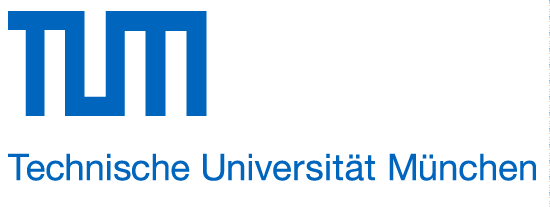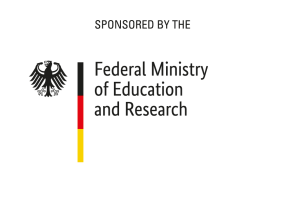MLZ is a cooperation between:
 > Technische Universität München
> Technische Universität München > Helmholtz-Zentrum Hereon
> Helmholtz-Zentrum Hereon
 > Forschungszentrum Jülich
> Forschungszentrum Jülich
MLZ is a member of:
 > LENS
> LENS > ERF-AISBL
> ERF-AISBL
MLZ on social media:

MLZ (eng)
Lichtenbergstr.1
85748 Garching
CDBS
Coincidence Doppler-broadening spectrometer
The Coincidence Doppler-broadening spectrometer (CDBS) at NEPOMUC allows the detection of open-volume defects and their chemical surrounding. Defect distributions can be imaged in 3D by lateral scanning with the energy variable positron beam.
The Doppler broadening of the 511 keV annihilation line contains information on the electron momentum distribution at the positron annihilation site in the sample. Since the probability of core electron annihilation decreases in open-volume defects, a narrowing of the annihilation line is observed. For this reason, DBS is particularly suited to detect lattice defects in a sample.
Combined with the monoenergetic positron beam, DBS allows the analysis of defect profiles, energy-dependent 2D imaging of defects, and defect annealing as a function of temperature. In addition, CDBS is applied to gain elemental information about the positron annihilation site and, thus, the chemical surrounding of defects.
The CDBS can also use an integrated 22Na positron source, enabling measurements independent of the availability of the NEPOMUC beam. Using the 22Na source only makes bulk measurements possible.
DBS can be used to determine relative open-volume defect concentrations. In semiconductors, for example, open-volume defects typically reduce conductivity. In polymer membranes, on the other hand, large open-volume defects, also called voids, are vital to enable the transport of molecules across the membrane. This is commonly used in desalination facilities.
Using CDBS, hardening processes in light metal alloys can be investigated. Atomic vacancies are essential when age-hardening alloys form precipitates around them. The precipitation of atom clusters leads to significantly improved material properties such as strength.
- Positron implantation energy: E = 0.2 – 30 keV
- Mean positron implantation depth: up to several µm (material dependent)
- Beam size: adjustable between 0.03 – 3 mm Ø
- Scan area: 20 × 20 mm2
- Step size adjustable between 0.1 and 10 mm
- 30 – 35% efficiency
- Energy resolution: 1.4 at 477.6 keV
- Size
- optimal size: 6 × 6 mm2, thickness: 0.1 – 1 mm
- in general: 0.5 × 0.5 × 0.01 mm3 – 20 × 20 × 3 mm3
- Optimum four samples on one sample holder: < 10 × 10 mm2
- Temperature: 100 – 900 K
- DBS: ~ 1 – 2 min/ spectrum
- DBS: ~ 8 h full 2D overview scan (with Δx = Δy = 1 mm)
- DBS: ~ 1 h depth profile (t = 2 min, 30 energy values)
- CDBS: ~ 4 – 6 h/ spectrum
Instrument scientist
Prof. Dr. Christoph Hugenschmidt
Phone: +49 (0)89 289-14609
E-mail: christoph.hugenschmidt@frm2.tum.de
CDBS
Phone: +49 (0)89 289-14774
TUM Research Group
Operated by

Funding

News
Citation templates for users
In all publications based on experiments on this instrument, you must provide some acknowledgements. To make your work easier, we have prepared all the necessary templates for you on this page.
Gallery



MLZ is a cooperation between:
 > Technische Universität München
> Technische Universität München > Helmholtz-Zentrum Hereon
> Helmholtz-Zentrum Hereon
 > Forschungszentrum Jülich
> Forschungszentrum Jülich
MLZ is a member of:
 > LENS
> LENS > ERF-AISBL
> ERF-AISBL
MLZ on social media:





